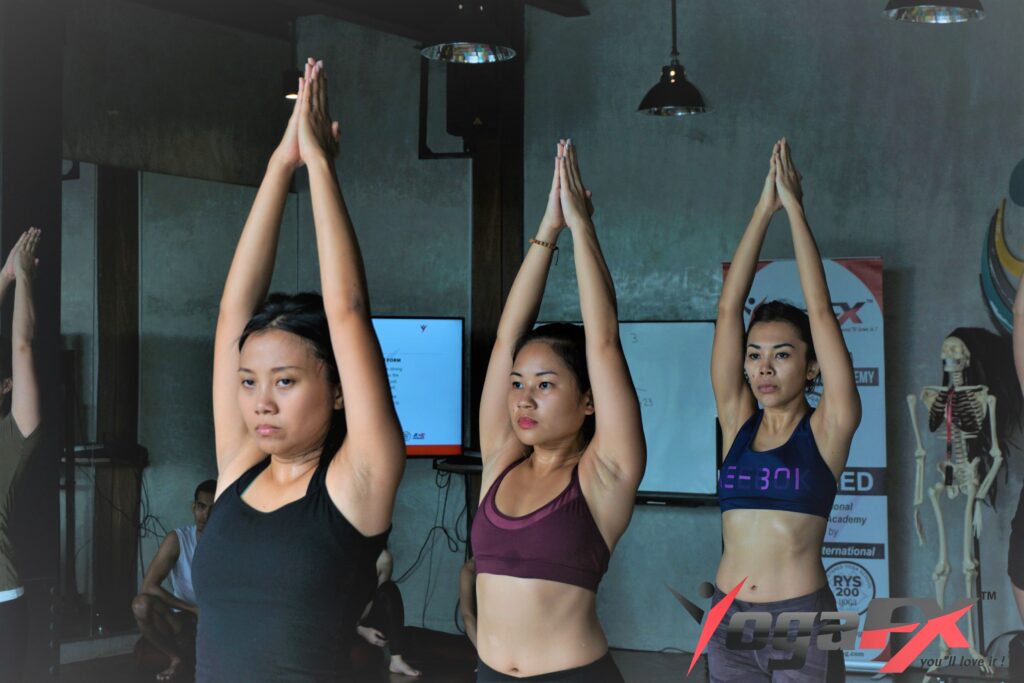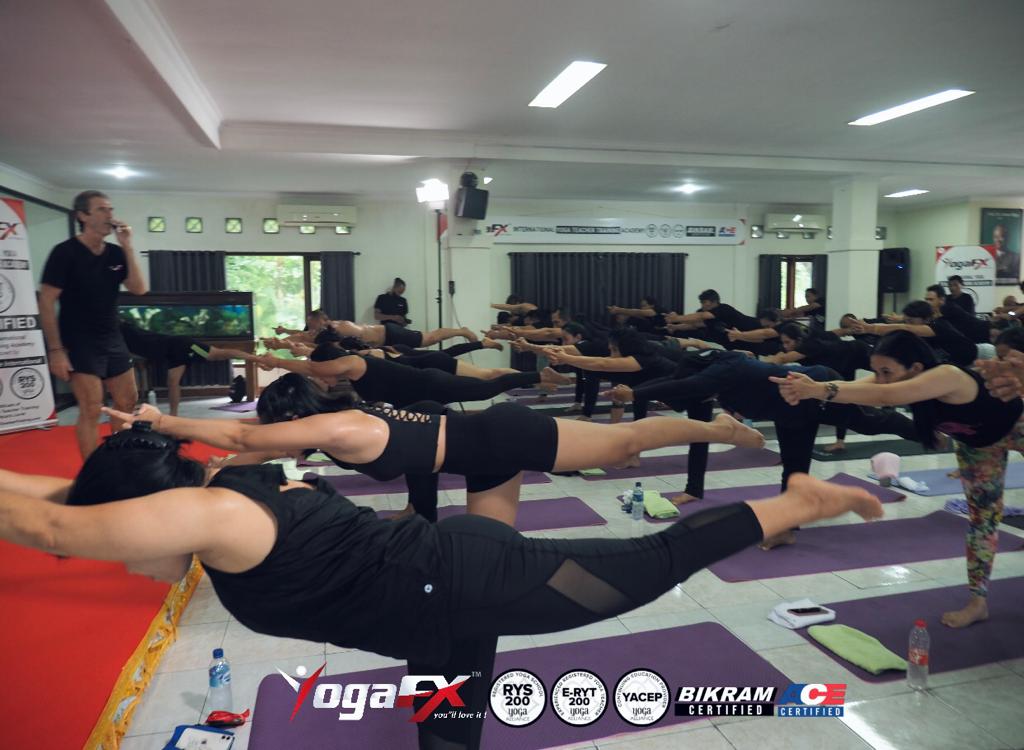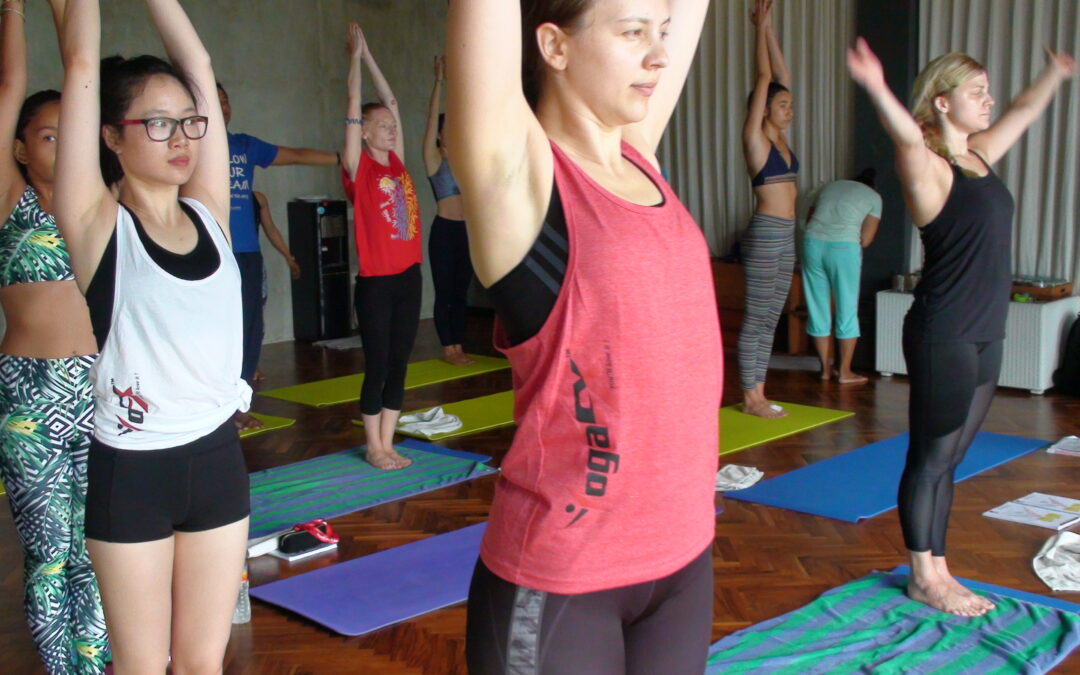In the world of yoga, there are poses that not only challenge our physical strength and flexibility but also provide a unique perspective on the world around us. One such group of poses is the inversions, where the body is turned upside down, defying gravity and offering a fresh and exhilarating experience. In this article, we will delve into the world of inversion yoga poses, exploring their benefits, variations, and how they can transform your practice. So, let’s dive in and discover the transformative power of the inversion yoga pose.
(Note: Please consult with a qualified yoga instructor before attempting inversion poses, especially if you are new to yoga or have any medical conditions that may be contraindicated.)

Benefits of Inversion Yoga Poses
Inversion yoga poses offer a multitude of benefits that extend beyond the physical realm. By flipping the body upside down, these poses stimulate the body’s systems and challenge our balance, strength, and focus. Let’s explore the key benefits of practicing inversion yoga poses:
1. Improved Circulation and Lymphatic Drainage:
Inversions allow blood to flow in the opposite direction, aiding circulation and bringing fresh oxygen and nutrients to the brain and upper body. They also encourage lymphatic drainage, assisting the body in eliminating toxins and boosting the immune system.
2. Increased Core Strength and Stability:
Inversions engage the core muscles as they work to maintain balance and stability. Regular practice of inversion poses strengthens the core, leading to improved posture, better balance, and enhanced overall strength.
3. Enhanced Focus and Mental Clarity:
The unique perspective of being upside down activates the brain and enhances mental clarity. Inversions require concentration and presence, helping to calm the mind, reduce stress, and improve focus.
4. Boosted Confidence and Sense of Achievement:
Successfully practicing inversion poses can boost self-confidence and provide a sense of accomplishment. Overcoming the fear and challenge of being upside down builds resilience and self-belief, both on and off the mat.
5. Decompression of the Spine and Relief from Back Pain:
Inversions provide a gentle traction to the spine, elongating and decompressing the vertebral discs. This can help alleviate back pain, improve spinal health, and promote better posture.
“Don’t Fear Change, Don’t Overthink, Don’t Live In The Past Stop Trying To Please Everyone Stop Self Neglect “
Variations of Inversion Yoga Poses
There are several inversion yoga poses to explore, each offering its own set of challenges and benefits. Here are some popular variations of inversion poses:
1. Headstand (Sirsasana):
Headstand is often considered the king of inversions. It strengthens the upper body, core, and shoulders, while promoting mental focus and balance.
2. Handstand (Adho Mukha Vrksasana):
Handstand builds upper body strength, improves balance, and cultivates a sense of playfulness. It requires core stability, shoulder strength, and proper alignment.
3. Forearm Stand (Pincha Mayurasana):
Forearm stand strengthens the arms, shoulders, and core. It is an intermediate inversion that requires stability and flexibility in the upper body.
4. Shoulder Stand (Sarvangasana):
Shoulder stand promotes thyroid health, enhances circulation, and helps calm the nervous system. It also strengthens the shoulders, upper back, and core.
5. Legs-Up-the-Wall Pose (Viparita Karani):
Legs-Up-the-Wall pose is a gentle inversion that offers similar benefits as other inversions, including relaxation, improved circulation, and relief from leg swelling.

Tips and Precautions for Practicing Inversion Yoga Poses
While inversion yoga poses offer numerous benefits, they should be approached with caution, especially if you are new to inversions or have specific health concerns. Consider the following tips and precautions before practicing inversions:
1. Warm-up exercises and proper alignment:
Prior to attempting inversions, warm up the body with gentle stretches and sun salutations. Focus on engaging the core and maintaining proper alignment to avoid strain or injury.
2. Utilizing props and modifications:
Props such as yoga blocks or walls can provide support and help you gradually build confidence in inversions. Modifying the pose or practicing preparatory poses can also be beneficial, especially if you are a beginner.
3. Listening to your body and taking breaks when needed:
Pay attention to your body’s signals and take breaks if you feel fatigued or uncomfortable. Do not force or rush into advanced inversions before you are ready.
4. Gradually progressing in your practice:
Start with simpler inversions and gradually progress to more advanced poses as you gain strength, stability, and confidence. It’s essential to build a strong foundation and master the basics before advancing.
5. Safety precautions for specific health conditions:
If you have any medical conditions such as high blood pressure, neck or back injuries, or glaucoma, inversions may not be suitable for you. Consult with a qualified yoga instructor or healthcare professional to determine if inversions are safe for you.
Incorporating Inversions into Your Yoga Practice
Incorporating inversions into your yoga practice can add excitement, challenge, and depth to your routine. Here are some ways to integrate inversions into your practice:
1. Integrating inversions into your regular yoga routine:
Begin your practice with a gentle warm-up, followed by foundational poses, and gradually move into inversions. Remember to balance inversions with other types of poses for a well-rounded practice.
2. Sequencing and transitioning into inversion poses:
Create a sequence that gradually prepares the body for inversions, focusing on building strength in the core, shoulders, and arms. Include poses such as plank, downward dog, and dolphin pose to warm up the upper body.
3. Partner work and assisted inversions:
Practicing inversions with a partner or under the guidance of a qualified instructor can provide additional support and assistance. Partner work can be fun and help you overcome any fears or hesitations.
4. Exploring inversion workshops and classes:
Joining workshops or classes specifically focused on inversions can deepen your understanding and provide expert guidance. These specialized sessions offer an opportunity to refine your technique and receive personalized feedback.
Embracing the Journey of Inversions
Embarking on the journey of inversions requires patience, practice, and a willingness to step outside your comfort zone. Here are some key aspects to embrace as you explore inversions:
1. Overcoming fear and building confidence:
Inversions can be intimidating, especially when we confront the fear of being upside down. Embrace the challenge and approach it with a sense of curiosity and playfulness. Celebrate small milestones and trust the process.
2. Celebrating small milestones and progress:
Progress in inversions takes time and consistent effort. Celebrate even the smallest achievements, such as holding a shorter inversion or improving your alignment. Each step forward is a testament to your dedication and growth.
3. Honoring your body’s limitations and practicing self-compassion:
Each body is unique, and it’s important to honor your individual strengths and limitations. Listen to your body, respect its boundaries, and practice self-compassion throughout your inversion journey. Avoid comparing yourself to others and focus on your personal growth.
4. Finding joy and playfulness in your inversion practice:
Inversions offer a sense of freedom, lightness, and playfulness. Embrace the joy of exploring new perspectives, defying gravity, and cultivating a sense of childlike wonder in your practice. Let go of expectations and enjoy the process.

Conclusion
Inversion yoga poses can be exhilarating, transformative, and deeply rewarding. As you continue to explore the benefits of inversions, remember to approach them with respect, patience, and mindfulness. Consult with a qualified yoga instructor to ensure proper alignment and safety. And if you feel inspired to deepen your knowledge and expertise in teaching inversions, consider the Bikram Hot YogaFX teacher training offered by YogaFX, led by Mr. Ian, a Yoga Alliance certified instructor.
Embrace the journey of inversions, challenge your limits, and unlock the potential of turning your world upside down through the transformative practice of inversion yoga poses.

